Learning Chinese Characters with “Bow” Radical
One of my favorite Chinese radicals is the bow radical, 弓 (gōng). It is a very elegant character and important for it to be written in the right way.
Despite of looking like a complex combination, it actually consists of only three strokes. See below how they are drawn:
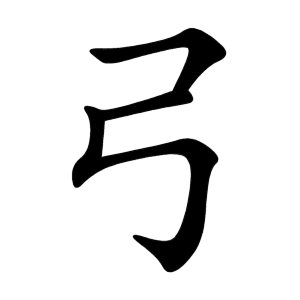
The radical looks exactly like the thing that it actually means, a bow. There are more than 160 characters listed under this radical in the Kangxi Dictionary. Some of them are directly related to bows, for example, 弦(xián), a bowstring and 弢 (tāo), a bow case. Others are connected to the process of shooting. For example 引 (yǐn) means to stretch, like you do when you draw a bow.
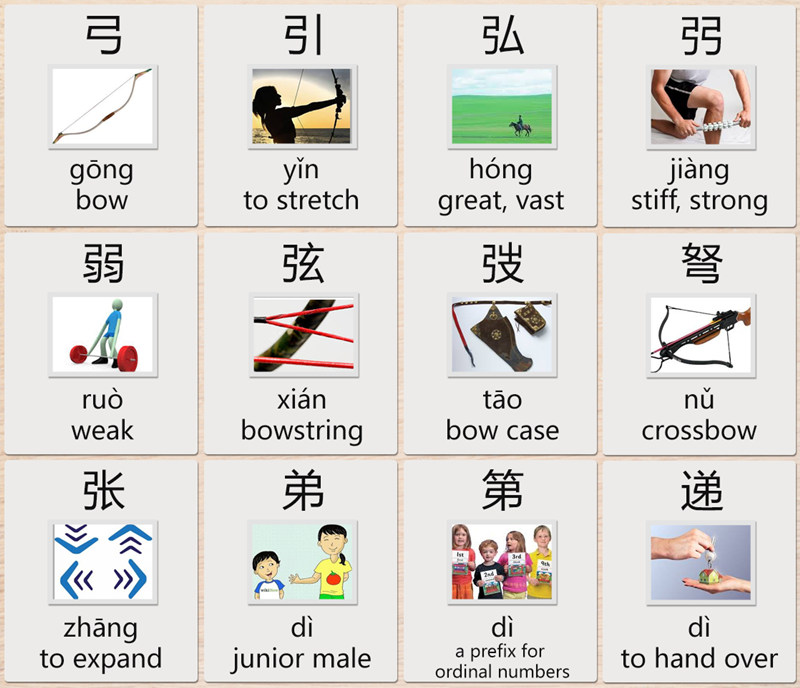
The commonly used character 张(zhāng) has the bow radical on its left side. It also contains a phonetic 长(cháng), which means long.
It’s interesting to contrast the character 弜 (jiàng) which contains two bows with 弱 (ruò). 弜(jiàng)means “stiff” or “strong”. The pictograph 弱(ruò) looks like a pair of baby bird’s wings. They are very fragile and weak, and so the character means “weak”.
NOTE! Don’t confuse the three characters containing 弓 which all have the same pronunciation:
- The primitive pictograph 弟(dì) was initially a string wrapped around a bobin. In the ancient times, it meant “sequence”, or “second”. Nowadays, it is mainly used within the word 弟弟 (dìdi), meaning younger brother.
- 第(dì) means “sequence”, too. However, it also has the “bamboo” radical 竹 at the top of the character. This probably reminds us about old Chinese bamboo slat books.
- When the “walk” radical is added to the phonetic 弟(dì), we get the 递(dì) character meaning “to hand over”, or “to deliver”.
Now we have reviewed the commonly-used Chinese characters with my favorite radical, 弓. What is your favorite radical? Share your learning experience with us and comment below!


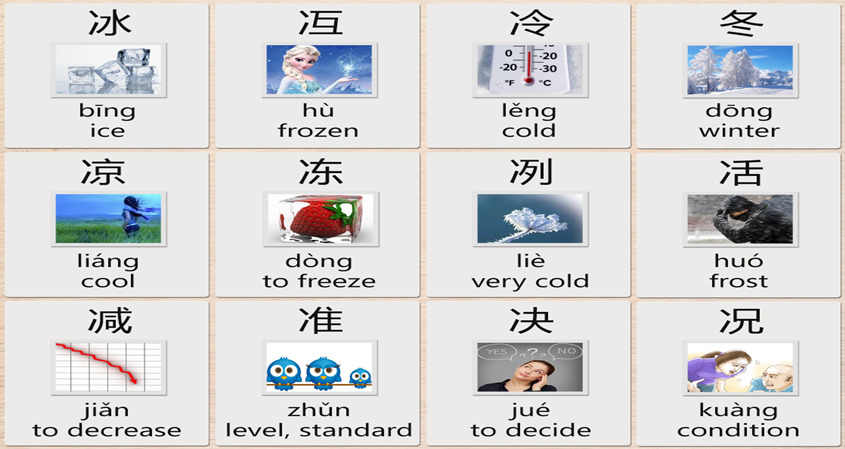
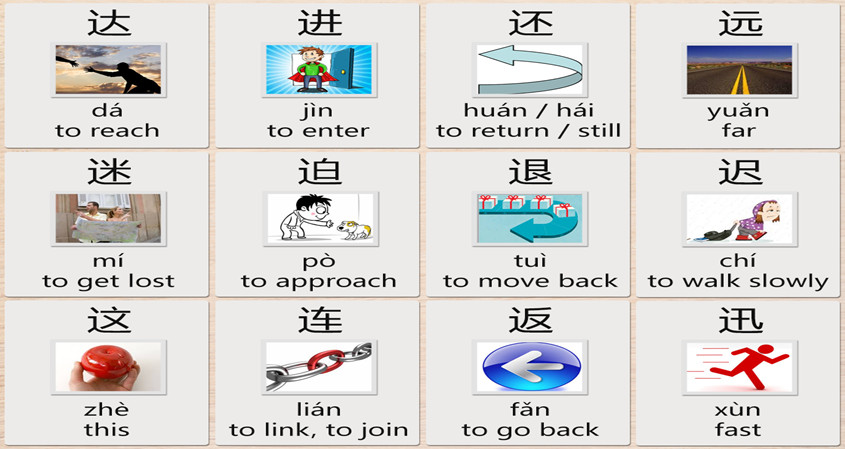
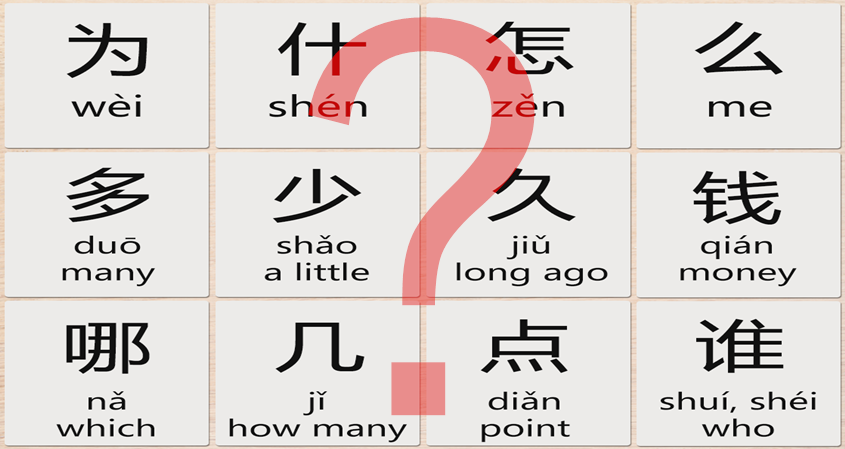
This Post Has 0 Comments